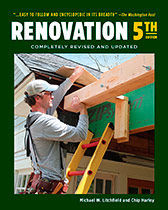Podcast 234: Business Advice for a Changed World, Cable Rail, and Energy-Efficient Mobile Homes
Shawn Van Dyke offers business advice for contractors trying to stay afloat during the virus outbreak. The hosts hear about wifi thermostats and Sense monitoring, and take questions on cable railing safety, efficient mobile homes, and fixing a soggy landscape.
Follow the Fine Homebuilding Podcast on your favorite app. Subscribe now and don’t miss an episode:
 |
 |
Matt, Kiley, Jeff, and Patrick hear from Jose about his Honeywell wifi thermostat. Mark writes in about his Sense energy monitoring system. Rick wants to know if cable rail is safe and code-approved and James asks if there’s such a thing as an energy-efficient mobile home. Patrick is looking for a way to stay dry while he navigates his wet yard and contractor business coach Shawn Van Dyke offers advice for dealing with a vastly-changed business landscape.
Listener Feedback:
Jose writes, We’ve got one of those Honeywell wifi thermostats you talked about in episode 232. There’s a picture of it on the FHB website. We’ve had one for years and I recommend it highly. No occupancy detection, no geofencing, just a nice programmable wifi-controlled thermostat with a pretty good set of remote tools – both on the smart phone and on the web. Occasionally it drops the wifi when interference from the neighbors gets bad or the network goes down but it always comes right back. It keeps better temperature control than the early version of Nest (which was the alternative we were looking at) and was easy to install. We like it enough that we kept it when we had the HVAC system replaced last year. It just works well.
Listener feedback #2
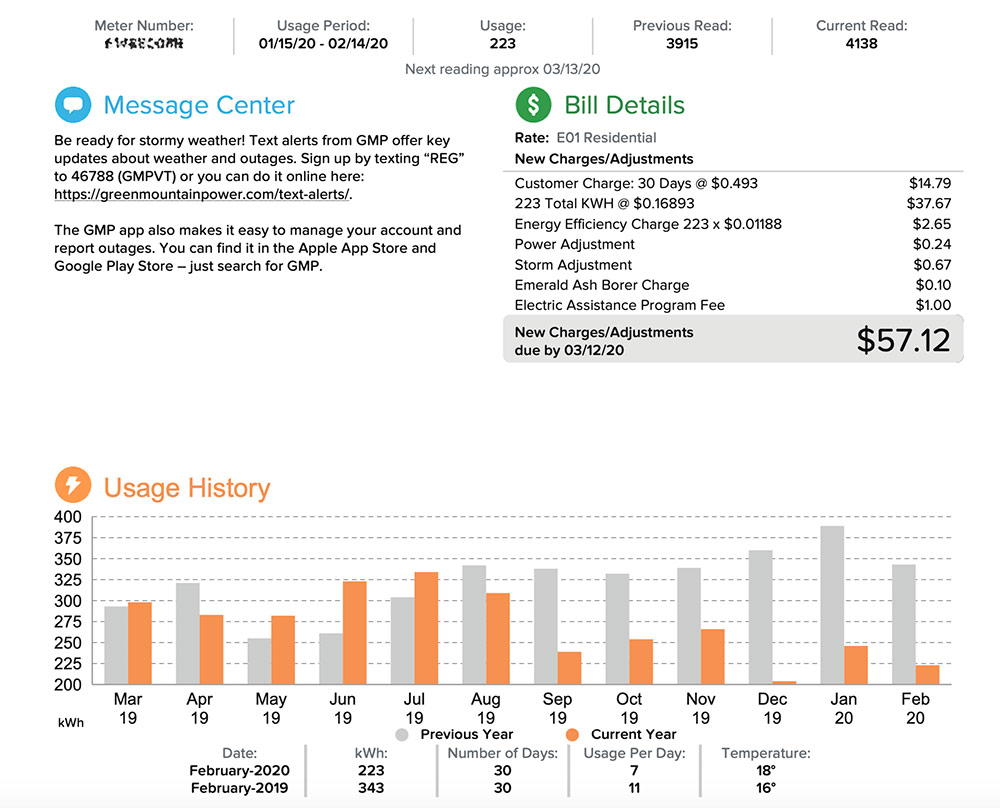
I’m a contractor in Vermont and in 2019 took advantage of an offer to obtain Sense at a discount from Efficiency Vermont, my state’s efficiency utility.
Want to know what I think of it? Take a look at the usage history at the bottom of my February utility bill that just arrived. Guess which month I added the unit…..
Yup, August 2019!
That next month my usage dropped from by 100 KWH after taking action based on the information Sense provided. That included replacing an old basement freezer, several incandescent lights I had overlooked, down-sizing some halogen bulbs in my range hood, stuff like that.
Could I have done all of those things without Sense? Absolutely. (Should I have done all of those things without the prompting – and data- provided by Sense? Probably).
But the thing is the data is powerful and MOTIVATING!
Now every time I leave a room, purchase or use an appliance, consider my use of electricity, I do so MINDFULLY. (I do acknowledge it feeds my OCD tendencies and drives my family nuts but I’m getting better!)
If the cheapest energy is the energy you DO NOT USE, then Sense is paying for itself.
It didn’t hurt that Efficiency Vermont discounted the device, paid for the install, paid for my old freezer to be hauled away (and gave me $50), sent me free bulbs, a smart power strip, etc. (As a country we subsidize the fossil fuel industry and a ton of others that shouldn’t get it or don’t really need it. Why not energy efficiency!)
Sense isn’t perfect but it’s pretty darn close in my mind. (I love tools that are smarter than me!)
Just my two cents (or in the case of my last electric bill, 5,712 cents!)
Editor Updates:
Patrick’s windows
Matt’s cabinets
Jeff’s trim
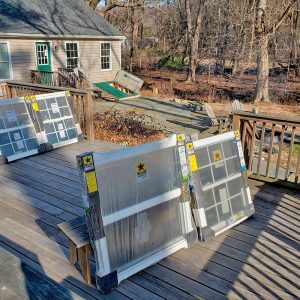 |
 |
 |
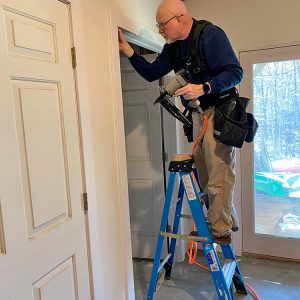 |
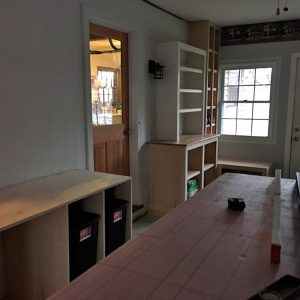 |
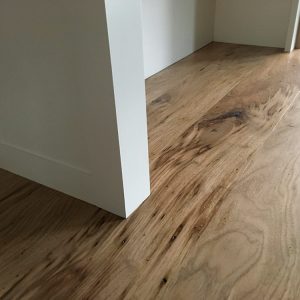 |
Question 1: Are deck cable railings safe for children?
Rick from Guelph, Ontario writes, Hello, I have noticed a number of articles on decks in FHB and there is often mention of cable ‘railings’, horizontal tensioned cables.
I have always wondered, how are these for safety in the case of children who might climb up and over where they couldn’t with vertical members? Do any codes speak to this? Would you be allowed to do the same with wood?
Enjoying the podcast. Thanks!
Related links:
Question 2: Are there any manufactured home builders that produce energy-efficient houses?
James Valrico, FL writes, Hi all! Are there any manufactured home builders that produce truly efficient, air tight, or “green” homes? Are there any trade groups, publications, or internet groups dedicated to this subject?
A couple of your recent conversations led toward taking serious looks at mobile homes. When talking about vacation home or cabin type places, this is often the easiest option in cooling climates. And if we are talking about the extreme end of affordable housing, mobile homes fit the bill. I’m not advocating for mobile homes as a solution, just trying to understand if there is any trend towards “efficient” or “green” in this area of housing. Will mobile home design ever be driven by anything other than cost?
For reference, I live in coastal central Florida. If someone owns a plot of land for access to the water or for hunting, it’s almost guaranteed that they either throw down a trailer on it, or lay a concrete slab with a cheaply built house on it. Often the quality of the mobile homes is better than cheaply built concrete block slab houses, and arguably less environmentally harmful. But I have never heard about someone focusing on cooling efficiency or carbon footprint of their mobile home.
This doesn’t really fit into the “fine” homebuilding category, and it’s not as trendy as the tiny houses. But I’d love to hear your thoughts!
Related links:
- 18 Inexpensive Sustainable Homes Almost Anyone Can Afford
- First zero-energy modular home in Burlington delivered to North Ave community
- Vermod Homes
Question 3: How can I get a mud-free, non-concrete walkway?
Patrick writes, Hello good folks at FHB Podcast! New listener and listener for life! Keep up the great show!
I live on the outskirts of Memphis, TN. My wife and I live in a home built between 1890 and 1896, at least that’s what a couple of local historic books indicate. Also, we have a photo of a gentleman and his horse standing near the house dated 1896. I must say the house looked better back then, haha! The main part of the house was built some time in the 1890s and there has been 3-4 additions since probably in the 50s, late 70s and one or two in the mid 90s. Structurally, the house is solid and should be around for another 100 years. As far as aesthetics, we will eventually redo the vinyl siding and more landscaping.
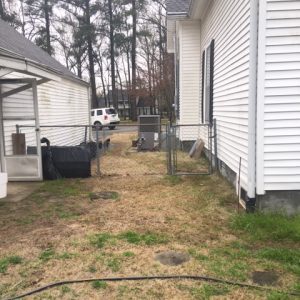 |
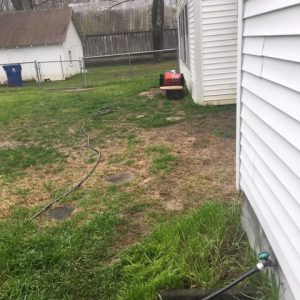 |
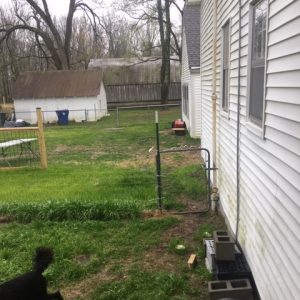 |
The property is relatively flat and it rains a lot here. We have gutters with gutter guards (can’t stand the guards), the gutters have downspouts going underground channeling water away from the foundation (they are in good shape) to pop up emitters. The emitters of course emit the water in a terrible area (the front of my old shed and barn which cause flooding). But at least it’s away from the house foundation.
My reason for contacting you all is related to the constant mud, wet grass, pieces of grass, tight mowing conditions, weeds and low spots around the home’s perimeter. It’s an issue because I’m outside most of my waking hours. I’m tired of tracking debris into my house and tired of having to change clothes and socks multiple times per day during the rainy season.
Question:
I would like some type of walkway installed around the house perimeter and the routes I frequently travel. No concrete paths please. At least no forms and poured slabs.
I’m thinking something along the lines of flagstone set dry, bricks, setts, etc., anything in the paver category or maybe even gravel. How would I install the walkway/paths next to a parged foundation?
Obstacles:
I have a gas and water line running between the house and garage and my septic tank sits about 7 feet off the corner of the house. All would be under the new path way.
Thanks in advance for your time and knowledge
Interview with Shawn Van Dyke:
- ShawnVanDyke.com
- ProfitFirstContractor.com
- Profit First for Contractors on Amazon
- BuiltToBuildAcademy.com
End Note: John from Southern California writes: Hearing your story about melting vinyl siding gave me a chuckle. Vinyl siding isn’t the only thing that melts from reflected sunlight. My neighbor’s artificial front lawn developed racing stripes when the sun was low in the morning and reflected off the three single hung windows at the front of my house – some 20 feet away. Every morning the suns orientation changed just enough for the melted lines to slowly grow. OK, melted might be a bit of an exaggerated, but it got warm enough to make the blades start to curl like a wilted plant. After he placing a wardrobe mirror horizontally between the yards to reflect the sun, suggested I remove my windows, install hurricane shutters, throw a brick through the windows and a host of other similar remedies, a small stacked wall between the yards solved the problem. BTW, my neighbor recently discovered that sun reflecting off the side mirror of has car is just as effective at wilting an artificial lawn.
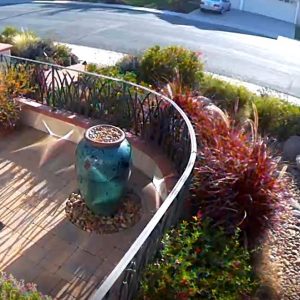 |
 |
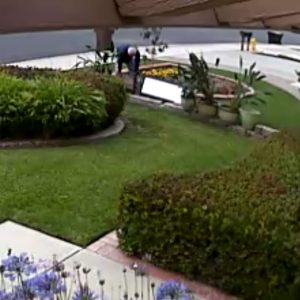 |
Related links:
If you have any questions you would like us to dig into for a future show, shoot an email our way: [email protected].
If we use your question we’ll send you a FHB Podcast sticker!
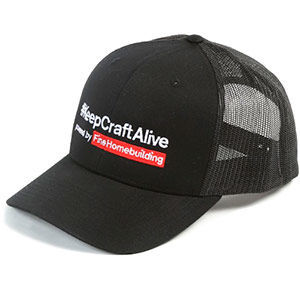 #KeepCraftAlive
#KeepCraftAlive
KeepCraftAlive hats help celebrate the value of true craftsmanship–plus 50% of all proceeds from every hat sold go to the #KeepCraftAlive Scholarship Fund, supported by Fine Homebuilding and SkillsUSA.
Buy a #KeepCraftAlive hat or t-shirt
This episode of the Fine Homebuilding podcast is brought to you by ZIP System building enclosures.
By creating the integrated sheathing alternative to “layered” roof and wall assemblies, ZIP System sheathing and flashing options provide a streamlined approach to exterior water, air and thermal management. Did you know ZIP System has been on the market for over 10 years and not only comes with a 180-Day Exposure Guarantee and 30-Year Limited Warranty, but decades of research from the scientists and innovators at Huber Engineered Woods. Learn why so many building teams have make the switch to ZIP System building enclosures and how to get it on your next project at the new ZIPSystem.com.
Also brought to you by Danner:
If you believe in timeless ideas like quality, craftsmanship, and blazing your own path, I want to introduce you to our friends at Danner who sponsor this podcast. A Pacific Northwest original for over 85 years, Danner makes boots for people with purpose in their step. Boots like the new Steelyard family—featuring 8 different models with game-changing comfort, legendary durability, and performance features for any jobsite. Earn a pair and join the family at Danner.com.
Also brought to you by Benjamin Obdyke:
Benjamin Obdyke would like to use the special occasion of our 150th anniversary to thank the nuisances that builders and homeowners despise. Our premium products protect from those pesky things like rain, snow, UV rays and the neighbor’s sprinkler system. Take HydroGap, a drainable housewrap that eliminates moisture from your wall assembly. Or the new InvisiWrap UV, an all-black WRB, perfect for long-term moisture protection behind open joint siding.
Fine Homebuilding podcast listeners can now get 20% off anything in the Taunton store, including the Renovation 5th Edition.
Use the discount code FHBPODCAST to take advantage of this special offer.
We hope you will take advantage of a great offer for our podcast listeners: A special 20% off the discounted rate to subscribe to the Fine Homebuilding print magazine. That link goes to finehomebuilding.com/podoffer.
The show is driven by our listeners, so please subscribe and rate us on iTunes or Google Play, and if you have any questions you would like us to dig into for a future show, shoot an email our way: [email protected]. Also, be sure to follow Justin Fink and Fine Homebuilding on Instagram, and “like” the magazine on Facebook. Note that you can watch the show above, or on YouTube at the Fine Homebuilding YouTube Channel.
The Fine Homebuilding Podcast embodies Fine Homebuilding magazine’s commitment to the preservation of craftsmanship and the advancement of home performance in residential construction. The show is an informal but vigorous conversation about the techniques and principles that allow listeners to master their design and building challenges.
Other related links
-
- All FHB podcast show notes: FineHomebuilding.com/podcast.
- #KeepCraftAlive T-shirts and hats support scholarships for building trades students. So order some gear at KeepCraftAlive.org.
- The direct link to the online store is here.


